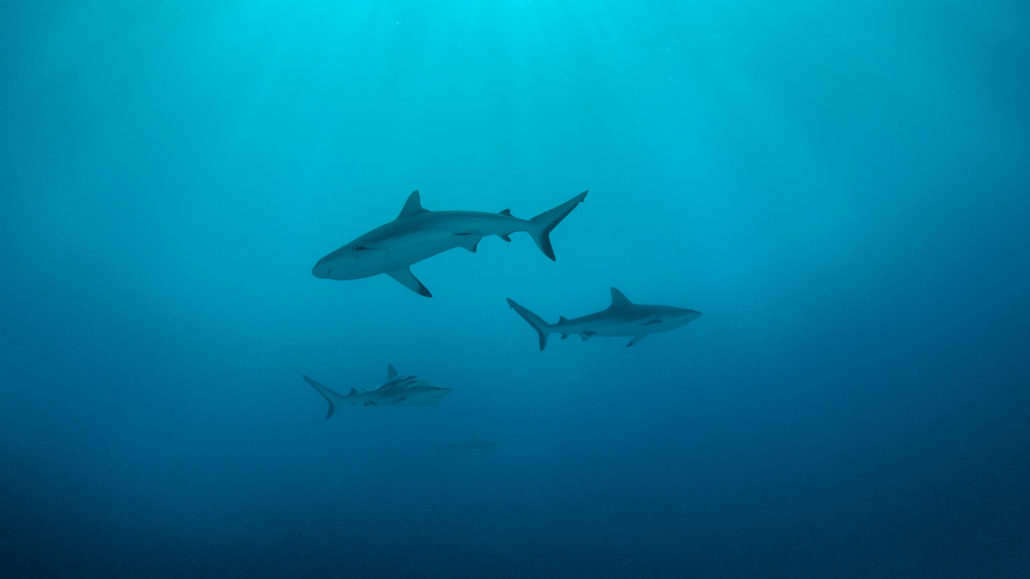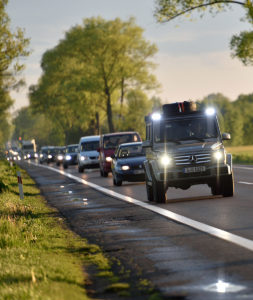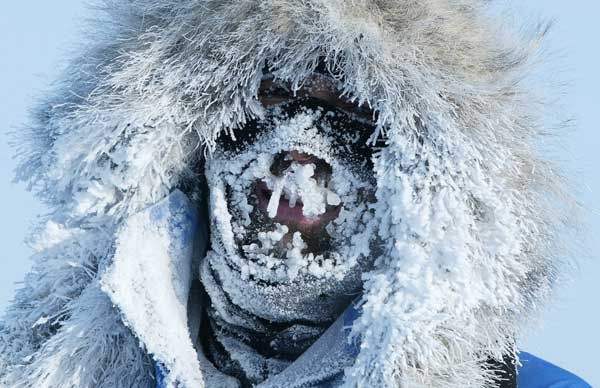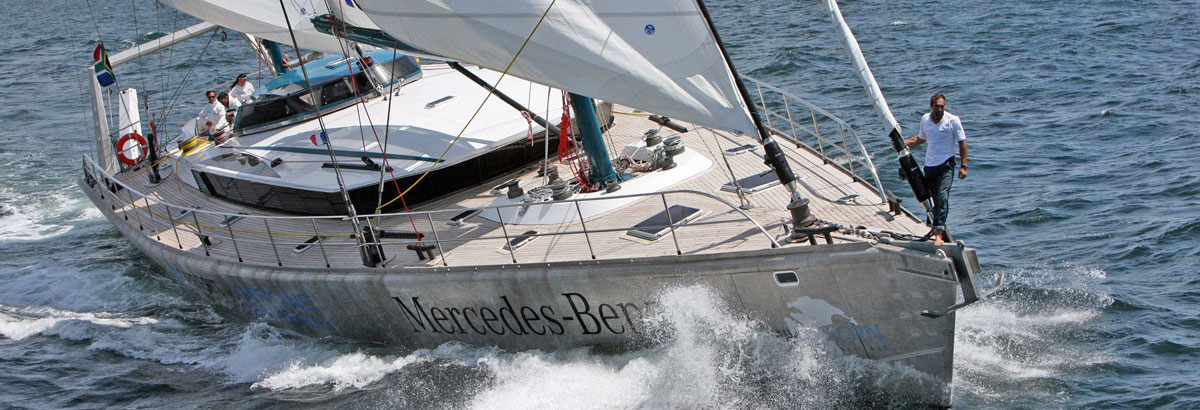Rethinking Education

Climate change, inequality, the refugee crisis, debt, corruption, depression, pollution.
There is no shortage of crises and challenges that our world faces today – social, environmental and economic. Yet how many of truly understand these issues? How many of us learnt about the biggest challenges of our time through our formal education and developed the skills, abilities, mindsets, and heartsets required to tackle them?
Mandela so beautifully captured the vast untapped potential that exists within education when he said ‘education is the most powerful weapon with which we can change the world.’
Many of our current day education systems enable us to master academic concepts, secure test and examination scores to enable further education, but how many of our education systems place fostering empathy, creativity, collaboration, developing a connection with nature and all people, a core outcome?
I believe that we need to begin shifting the way we learn and rethinking our priorities. There are many examples to learn from around the world. Kaitiaki Collective is creating the world’s first bush school, where all education is learned with and through experiences with nature. Resources like Better World Ed enables us to teach empathy and talk about social and environmental issues in math classrooms. And we find pockets of schools embracing 21st century skills and values of education. How can bring these conversations front and centre in our classrooms?
And beyond the realms of formal education, we are all ultimately students and we are all educators too. How can each one us seek out information and experiences that will help us live more socially and environmentally conscious lives? And how can we through our everyday actions inspire the same of others?
By Shruthi Vijayakumar



















 For 25 years, Mike Horn has inspired and educated the world by pushing the limits of human ability through a series of groundbreaking expeditions. He has circumnavigated the globe entirely under human power, followed the Artic Circle around the globe during the Artic winter, and swum the length of the Amazon River.
For 25 years, Mike Horn has inspired and educated the world by pushing the limits of human ability through a series of groundbreaking expeditions. He has circumnavigated the globe entirely under human power, followed the Artic Circle around the globe during the Artic winter, and swum the length of the Amazon River. En utilisant ce site web, vous acceptez l'utilisation de cookies telle que décrite dans notre politique de confidentialité.
En utilisant ce site web, vous acceptez l'utilisation de cookies telle que décrite dans notre politique de confidentialité. By using this website, you agree to the use of cookies as described in our Privacy Policy.
By using this website, you agree to the use of cookies as described in our Privacy Policy.